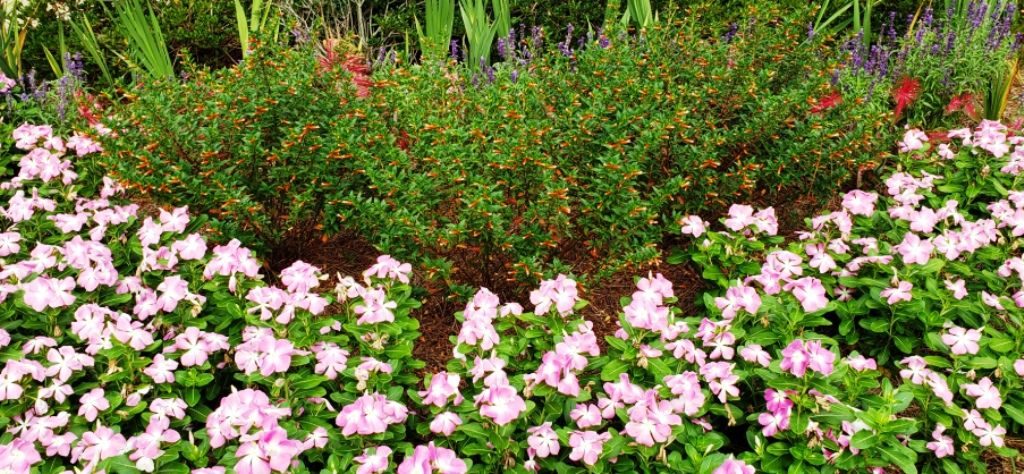
mainstreetlawn
Benefits of Ground Cover Plants
One of the most practical, but often overlooked aspects of your landscaping is the benefits of ground cover plants. Ground cover plants are small, low-growing, and predominantly foliage-only. They grow to create a dense, blanket-like cover for almost any landscaping area. Depending on the growth habit, groundcovers can be used in formal gardens, but are typically used to fill larger expanses.
There are many reasons to consider incorporating a ground cover plant in your landscape. One of the primary reasons you may use a groundcover plant would be for areas of your landscape where grass is simply not an option. Some of these reasons might include excessive shade, mature tree root growth or a sloping yard. Ground covers are available for all sun exposures and watering requirements, making them ideal for use as a grass replacement for covering bare spots in a yard.
Another one of the benefits of groundcover plants in your landscape is that, when grown to maturity, can be used as an alternative to mulching your plants. Having an additional layer of plant life resting on top of your soil will provide many of the same benefits as installing mulch. The ground cover will provide needed shade, reduces irrigation water evaporation and protects the surrounding plants from harsh winter freezes.
Most ground cover plants will mature and provide the dense coverage you are looking for within 1-2 years of planting. In order to provide your groundcover with the best start, you will want to prepare the planting area the same way you would create a new landscape bed. You would begin by eliminating any turf grass and weeds from the planting area. The next step would be to bring in between 2-3 inches of organic matter (compost, sandy loam, sphagnum peat moss, etc) and use a rear-tine rototiller to a depth of 3-6 inches. Tilling the area ensures loose soil and helps to incorporate the organic matter into the existing soil. Once the planting area has been prepared, it’s time for planting. Most of the groundcover plants you find will be in 4-inch pots, similar to how you purchase annuals.
You will need to determine the right number of groundcover plants. Depending on their growth habit, each groundcover plant has a recommended planting distance. For instance, Mondo Grass is a very compact groundcover that does not sprawl out as it grows as opposed to Asian Jasmine that grows and spreads similar to a vine. Mondo Grass would require a planting distance of 8 inches whereas Asian Jasmine can be planted up to 18 inches apart. Once you know your planting distance and the square footage of the planting area, you are ready to calculate the number of plants you will need. Simply take the number of plants per square foot listed in the chart below and multiply it by the square footage of the area. For example, if you are planting Mondo Grass (planted every 8 inches) to fill a 100 sq ft area, you would multiply 2.25 by 100, yielding a total of 225 plants. You can also decrease your planting distance if you would like to see the area more densely planted.
Once planted, water your new groundcover immediately, giving them a good soak. To encourage vigorous growth, you can also fertilize them right away and again every few months throughout the growing season. Just like all new plants, they will need to be watered daily for the first two weeks and then weekly thereafter. Continue to pull weeds as they sprout up. If ground cover sits right up against turf grass, consider installing an edging to separate them. Metal edging or stone landscape edging will help facilitate grass trimming and prevent your ground covers from growing into other areas. Most all ground covers will need occasional trimming of their own. You can use hand shears to trim back the new growth shoots. If you want to maintain an overall height, most groundcovers can be trimmed using a hedge trimmer.
Share this post
© 2024 · Main Street Lawn Care and Landscaping, LLC

